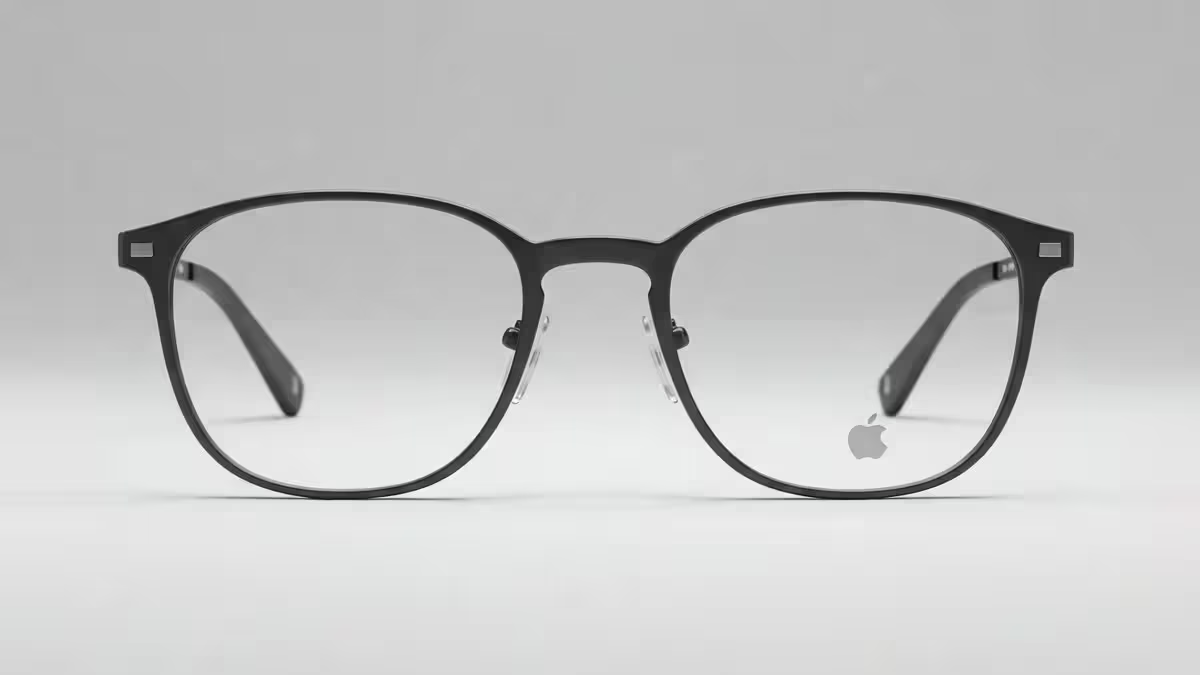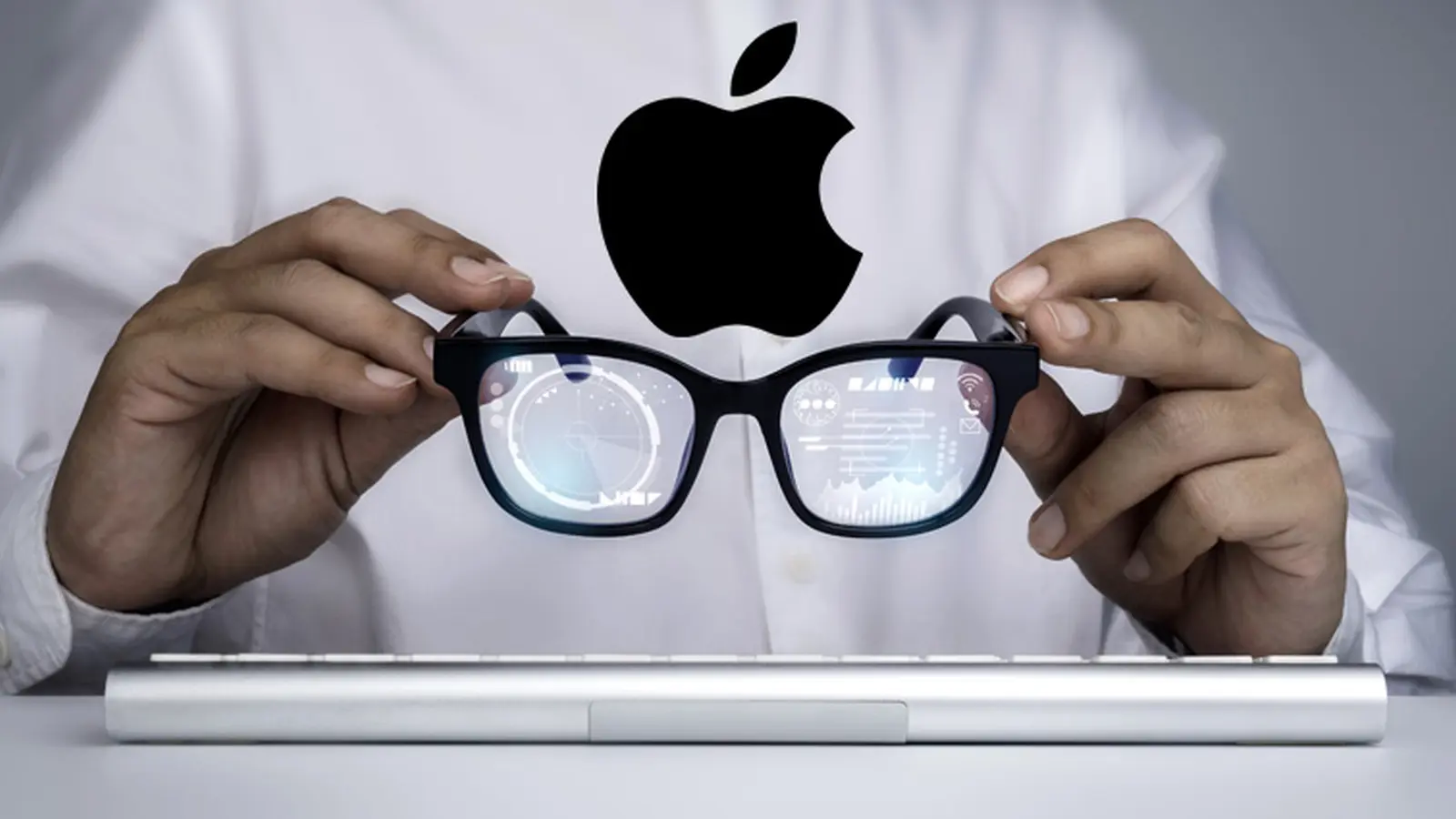3 Minutes
Apple has reportedly put development of its Vision Air headset on hold to concentrate resources on a more immediate smart glasses project. Bloomberg’s sources say engineers are being reassigned as Apple pushes to compete with Meta’s Ray-Ban partnership and accelerate a consumer-facing wearable that could arrive sooner than expected.
Why Apple shifted gears — and what it means
Earlier this year analyst Ming-Chi Kuo laid out a roadmap that included a lighter, cheaper Vision Air slated for 2027. But according to Bloomberg, those plans have changed. By pivoting away from Vision Air, Apple appears to be prioritizing a product with broader mainstream appeal: a pair of smart glasses focused on everyday use rather than a full mixed-reality headset.
Imagine turning what was a multi-year, high-complexity XR project into something closer to a regular eyewear launch. That’s the practical angle: lower engineering overhead, faster time-to-market and a clearer shot at directly challenging Meta and other smart-glasses hopefuls.

What to expect from Apple’s first-gen smart glasses
According to the report, Apple’s first-generation glasses will be decidedly different from the Vision Air concept. Key takeaways include:
- No integrated micro-display — these glasses won’t have a built-in screen like some AR headsets.
- Multiple cameras and sensors — designed to enable Visual Intelligence features powered by Apple Intelligence.
- Premium options — several material finishes for frames and temples to appeal to fashion- and tech-minded buyers.
That suggests Apple is aiming for a subtly smart accessory: wearable tech that looks like regular glasses but adds context-aware features via on-device and cloud intelligence.
Timeline: earlier shipment now more likely
Previously, the smart glasses were tipped to enter mass production in Q2 2027. With the Vision Air pause and the team reassignment, Bloomberg’s sources expect mass production to shift up to sometime in 2026. If accurate, Apple could surprise the market by offering a first-party smart eyewear option well ahead of expectations.
And what about XR and displays?
Apple hasn’t abandoned XR entirely. The company is still developing a separate XR glasses line with LCoS (liquid crystal on silicon) displays, plus voice and gesture controls. Those more advanced devices remain on a longer timeline, with mass production reportedly targeted for Q2 2028 — positioning them as a later, higher-end step after the initial smart glasses rollout.
Why this move matters
By fast-tracking consumer-friendly smart glasses, Apple can stake an early claim in the wearing-tech category without betting everything on expensive, display-heavy headsets. For consumers, that could mean smarter, more style-conscious wearables arriving sooner. For competitors, it raises the stakes in an increasingly crowded market for AR and wearable experiences.
Whether Apple’s gamble pays off depends on design, battery life, privacy safeguards and how convincingly Apple Intelligence can deliver useful Visual Intelligence features. But one thing is clear: Apple wants to be in the smart eyewear game — and it wants to do it faster.
Source: gsmarena


Leave a Comment